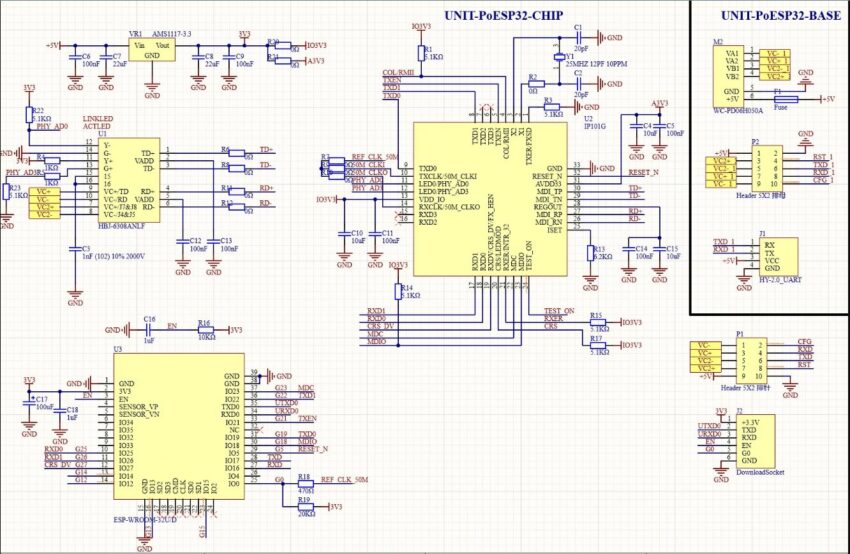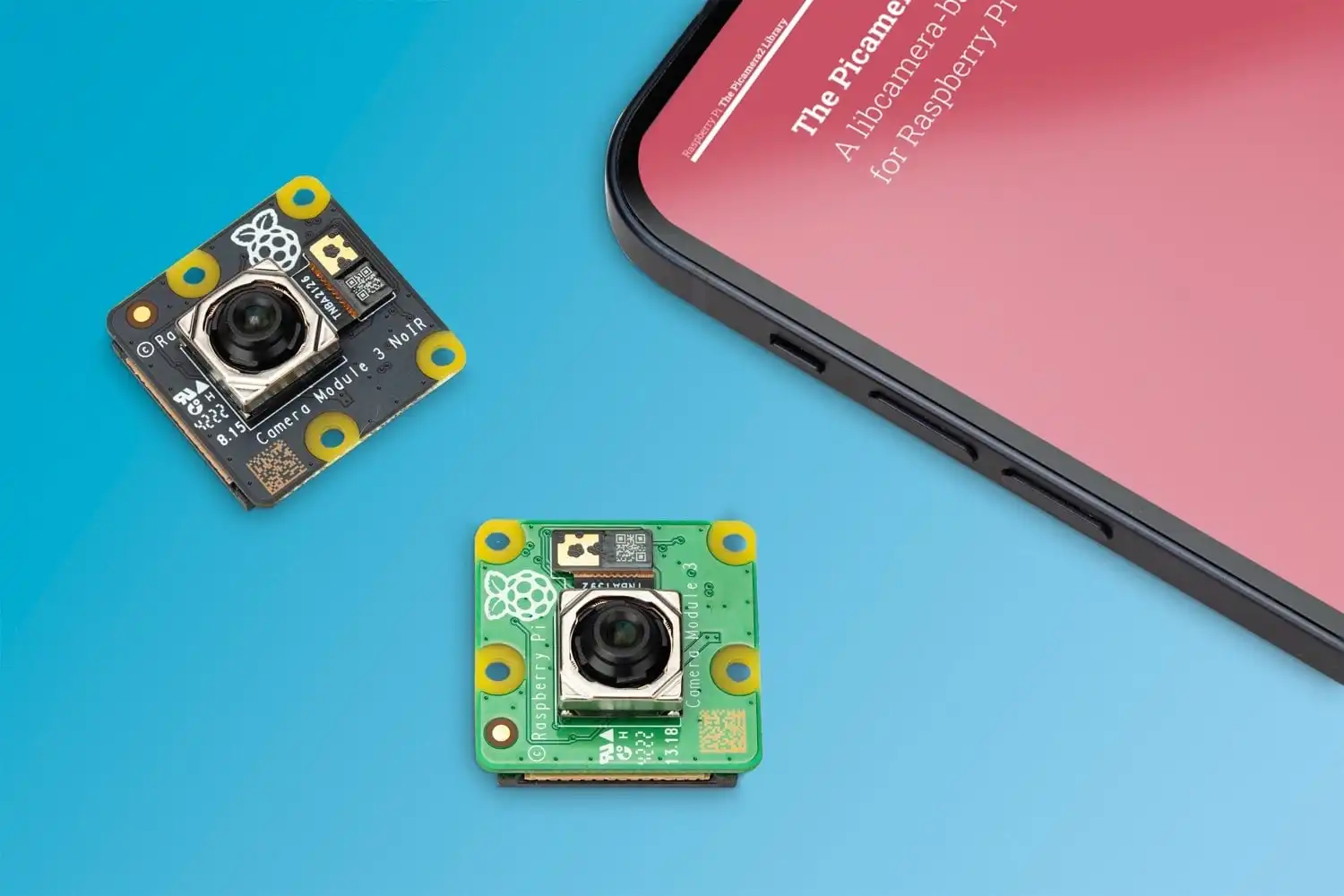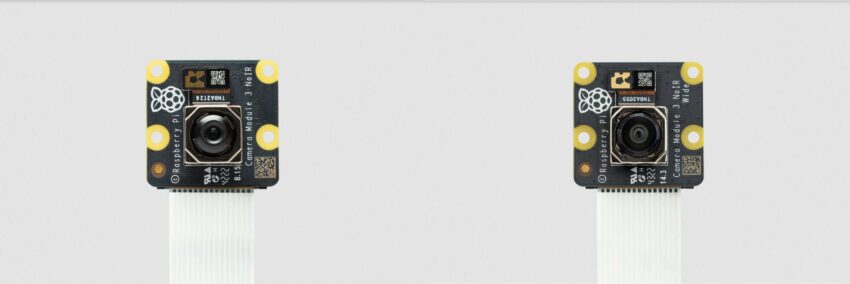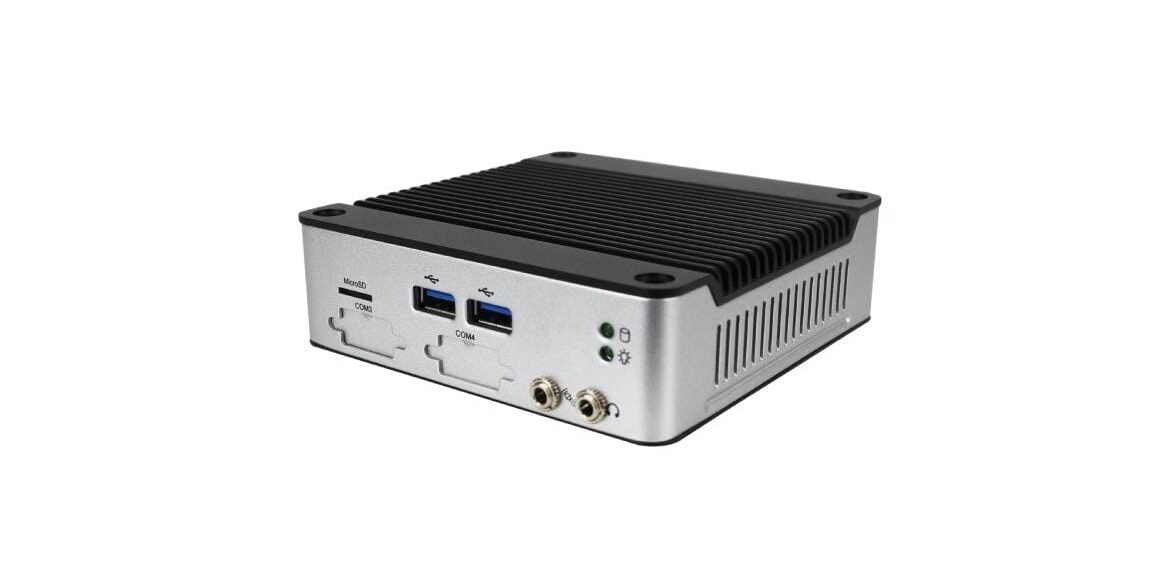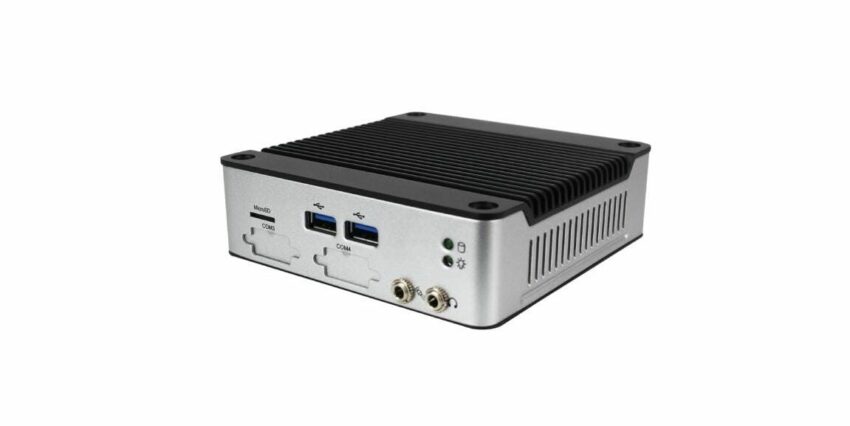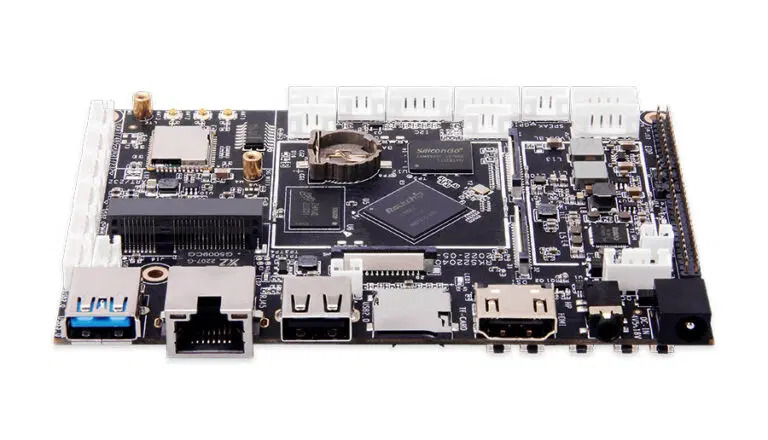
Smart Carbon Monoxide Detector, X-Sense Wi-Fi CO Detector, Real-Time Push Notifications via X-Sense Home Security App, Replaceable Battery, Optional 24/7 Professional Monitoring Service, XC04-WX
A carbon monoxide detector, also called a CO detector, is a device that senses carbon monoxide (CO) gas to keep people from getting sick from it. We will look at one of these CO detectors, the XCO4-WX, in detail. The brand is X-Sense with Wi-Fi support. It is powered by a battery, and it is white in color. The item has a dimension of 5.3 x 0.6 x 2.5 inches. Additionally, It has an audible alarm and a photoelectric sensor.

Connecting this electrochemical CO alarm to your smartphone running the X-Sense Home Security app is as simple as downloading the app from the app store, signing up for an account, and then connecting the device to your 2.4 GHz Wi-Fi network. No hub is required.

The APP provides real-time alerts. By using the device sharing feature, you can include family members in keeping tabs on the home’s security and receiving notifications about things like low battery, malfunction, CO alarm precaution, and more. Service for dispatching fire alarms can be tailored to meet individual needs.
For residents in Brisbane looking to enhance their home security, exploring Access Control Brisbane services is a prudent step. These services offer a range of options aimed at fortifying security measures. One notable feature is the intercom system, which adds an extra layer of protection by allowing homeowners to screen visitors before granting them access. Whether it’s for a residential property or a commercial establishment, investing in access control can significantly enhance overall security and provide added convenience for occupants.

As a precaution, it comes with a CO alarm. When the CO level rises above 100 ppm, the app will send you a warning so you can take precautions without waiting for the response time. The LCD will show the highest CO concentration since the last reset. It has a large detection range of CO, from 30 to 999 ppm. The device’s status is displayed clearly on an LCD, and a trio of different colored LEDs alerts you to any impending issues.

It has a fire alarm dispatch service that is made just for it. The X-Sense Home Security app’s professional 24/7 monitoring service works with the smart alarm, so you can call for help when you need it most to protect your life, family, and property.

With a sensor life of 10 Years, it is anexcellent investment. With a 10-year lifespan and a stable, high-performance electrochemical Figaro CO sensor, your family will be safe in your home thanks to this battery-operated, smart carbon monoxide detector.

It’s built to stand on its own. This smart carbon monoxide detector can be mounted to a wall or left free-standing on a shelf, and its tiny size of 5.3 x 2.5 x 0.6 inches (135 x 63 x 24 mm) will give you peace of mind whether you’re at home or away.

By subscribing to the X-Sense Home Security app, you may receive emergency dispatch service when you need it most, helping to keep you, your loved ones, and your possessions safe even if you have to be away from home for a few weeks. Its features, which include straightforward installation and accurate output, have earned it 4.6–4.7 out of 5 stars from users. Products that come with plugs that are only suitable for usage in the United States. Because plugs and voltage levels vary from country to country, you may need an adapter or converter to use this device overseas. Before making a purchase, please make sure the items are compatible.
Features
- 2.4 GHz Wi-Fi Connection: Easily connect this electrochemical CO alarm to the X-Sense Home Security app on your smartphone via a 2.4 GHz Wi-Fi network, without the need for a hub; download the app, sign up, and connect the device
- Instant Notifications: Stay connected to your alarm and view all its notifications, including its CO alarm, low battery, malfunction, CO alarm precaution, and more; the Device Sharing function lets you add your family members so you can all keep an eye on your home’s safety
- Customized Fire Alarm Dispatch Service: The smart alarm supports the subscription-based professional 24/7 monitoring service from the X-Sense Home Security app, giving you access to an emergency dispatch when you need it most to protect your life, family, and property
- 10-Year Sensor Life: This battery-operated smart electrochemical carbon monoxide detector has a stable and high-performance electrochemical Figaro CO sensor that accurately monitors CO levels in the house, ensuring that your family stays protected for 10 years
- CO Alarm Precaution: Using the app, you will quickly receive a warning that alerts you to any possible risk once the CO level reaches above 100 ppm without waiting for the response time, allowing you to act immediately
- Free-Standing Design: Measuring a mere size of 5.3 × 2.5 × 0.6 in (135 × 63 × 24 mm), this smart carbon monoxide detector can be left free-standing on a shelf or fixed to a wall using the accessories provided, giving you peace of mind whether at home or on holiday
The XC04-WX has an electrochemical sensor and a Carbon Monoxide detector. The RC01 remote is not compatible with this device. The battery that supplies the power can be swapped out when it wears out. It has a size of 5.3 x 2.5 x 0.6 inches and can be managed through the X-Sense Home Security App. The item is 4.6 fluid ounces in weight. The model number of the item is XC04-WX. It runs on Lithium Metal batteries, and it is white. It is a model that can connect to Wi-Fi and made of ABS. The shape is rectangular, and it can be powered by batteries, stand on its own, or be mounted on the wall. It covers about 164 feet. It comes with a 60-day money-back guarantee, a 5-year quality guarantee, and technical support for life. Check this link for further information on the product.
Model XC01-R
Model XC01-R is the second in the series of Carbon Monoxide detectors. It has an electrochemical sensor and doesn’t work with the Remote RC01. The power comes from batteries that can be changed. It measures 5.3 by 2.5 by 0.6 inches.
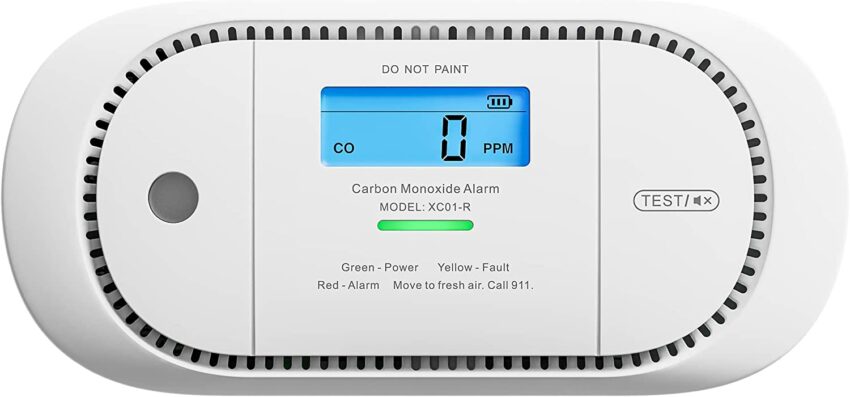
Model XS01-WR
The third model in the series is Model XS01-WR. It utilizes a photoelectric sensor. It can sense smoke and can be used with the Remote RC01. The power comes from batteries that can be changed. The size of the item is 3 x 1.9 inches.
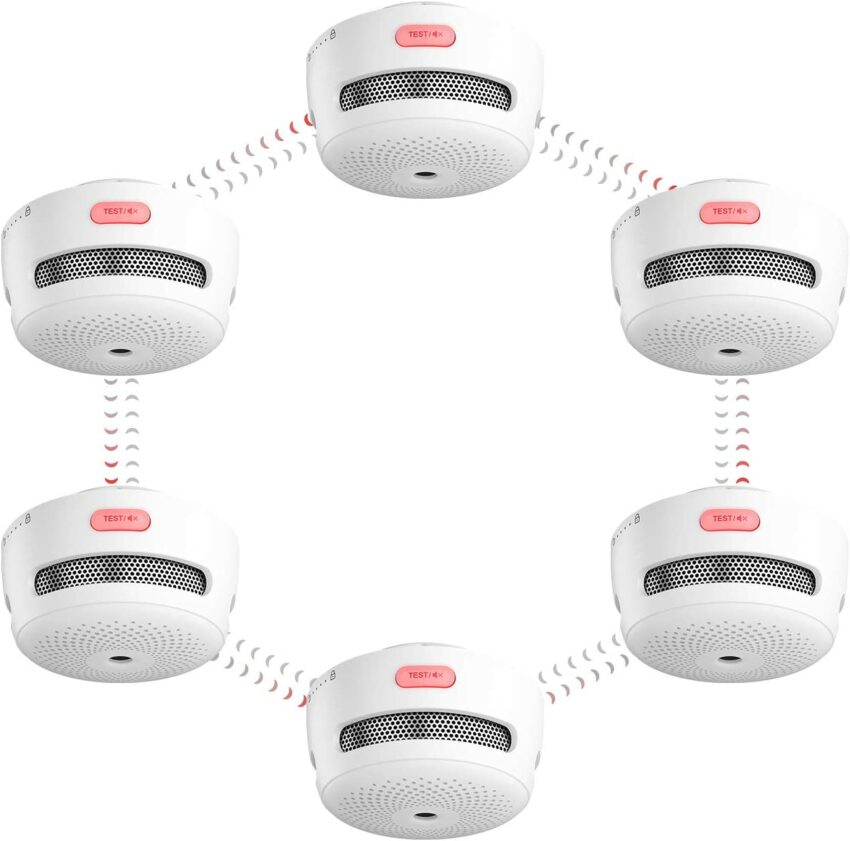
Model SCO7-W
Photoelectric electrochemical sensors are used in the SCO7-W model which is the fourth in the series. It has a carbon monoxide and smoke detector. It works with the RC01 Remote Control. The battery that powers it has been designed to last for ten years. The dimensions of the product are 5.70 x 2 inches.
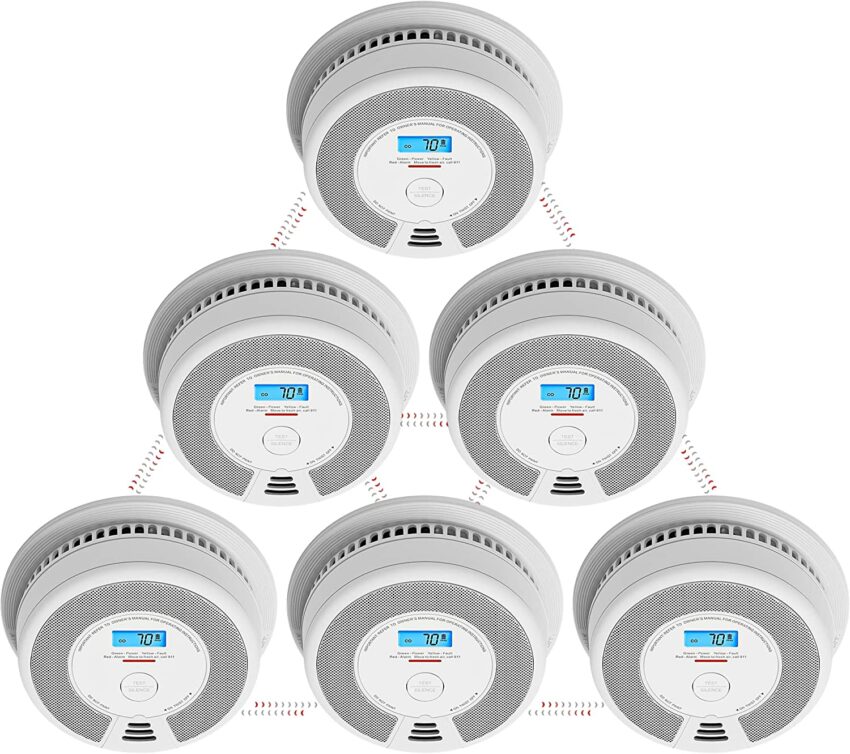
Model SD20-W
Model SD20-W is the fifth model which has a photoelectric sensor. It is able to detect smoke. It is compatible with Remote RC01. The power comes from a battery that has a 10-year capacity built into it. The dimensions of the object are 4.8 by 1.8 inches.
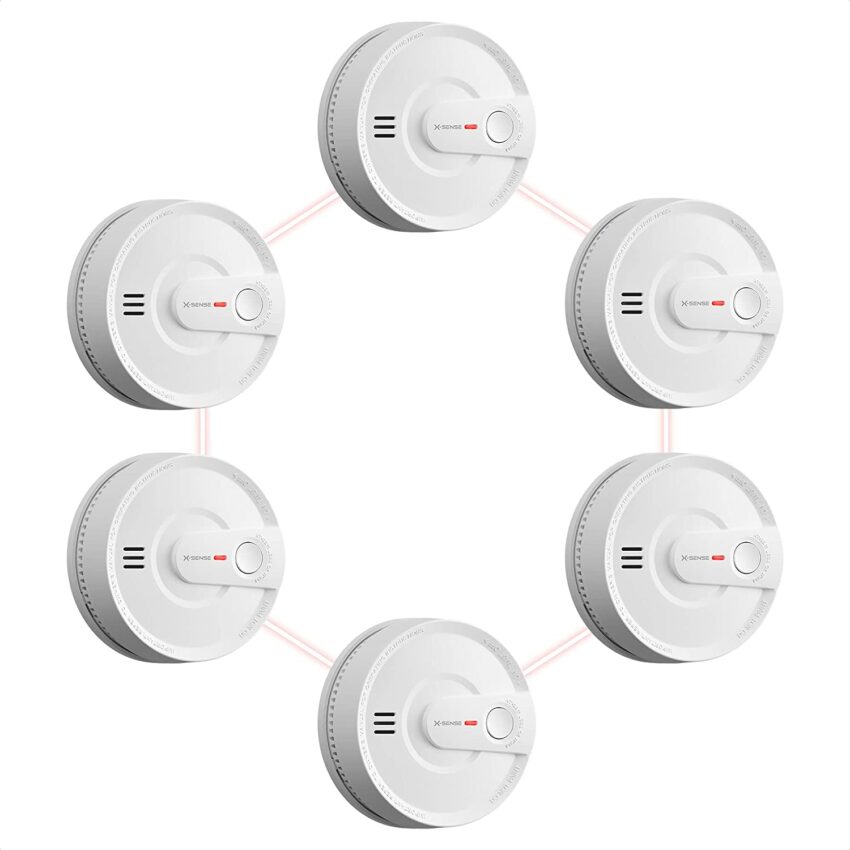
If you would like to buy the XCO4-WX model, you can visit the Amazon Store and there is a discount code for it: RA6MYOIT (10% OFF) just for our website visitors.


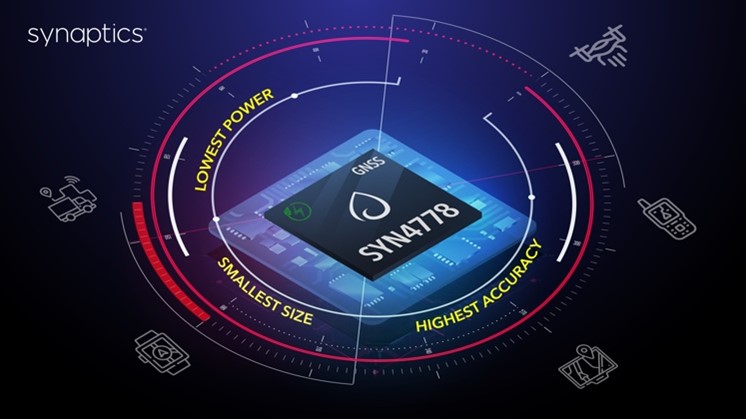
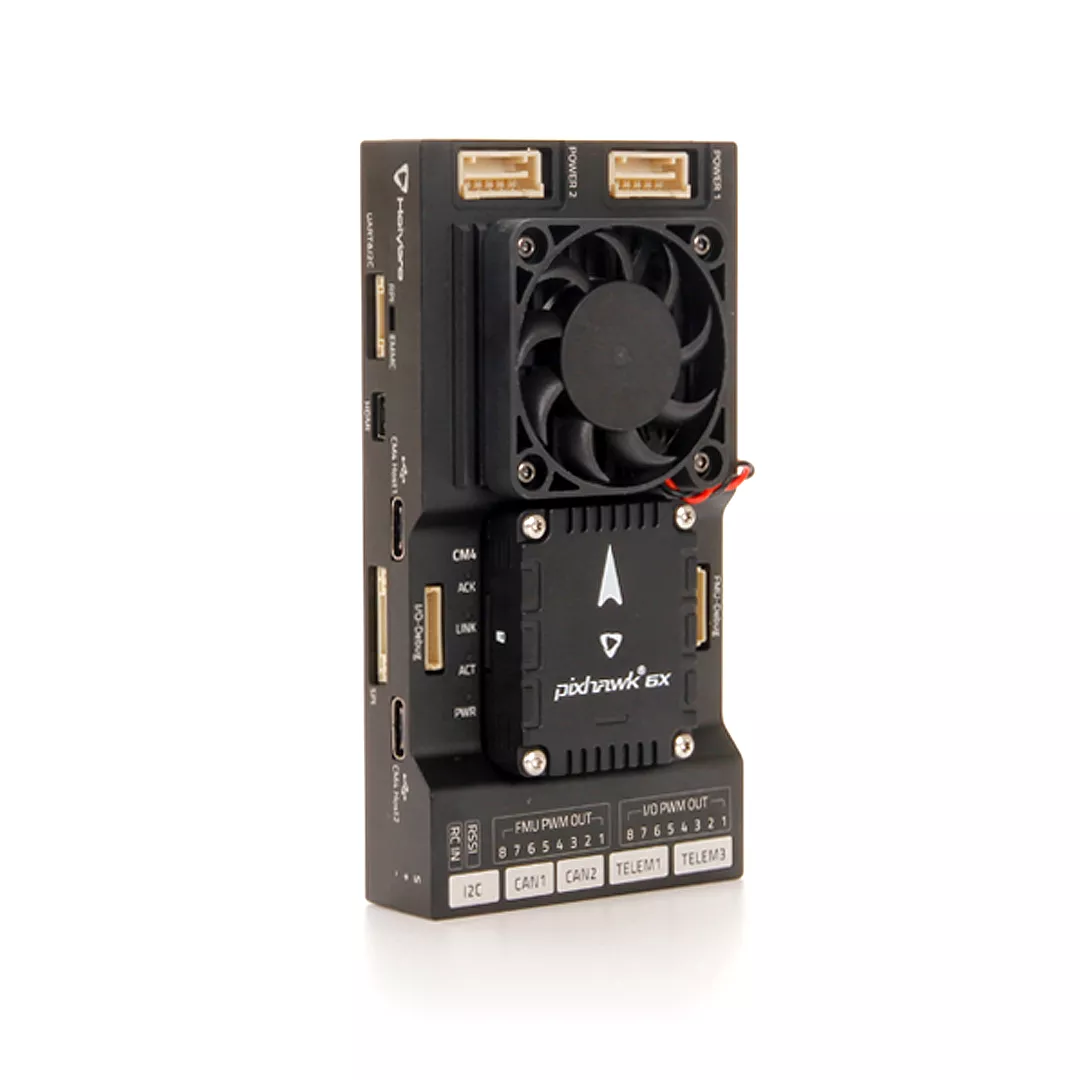
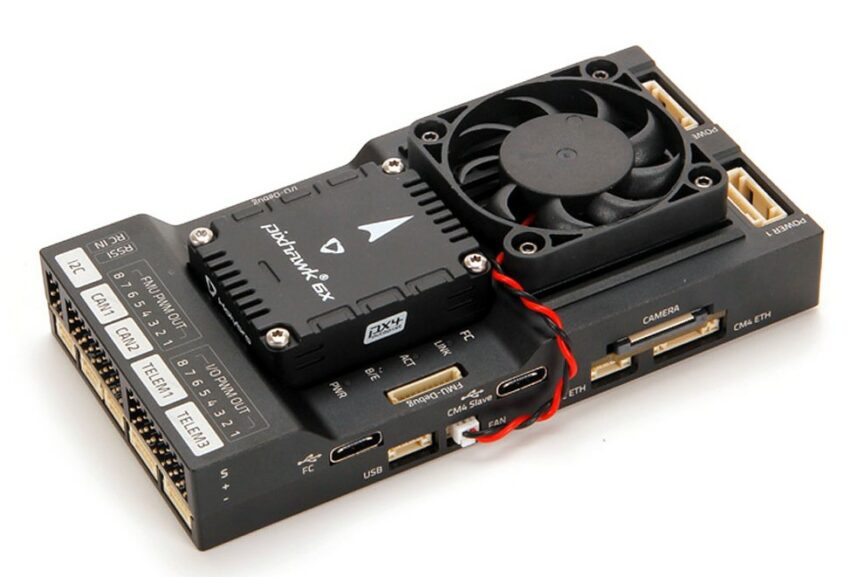
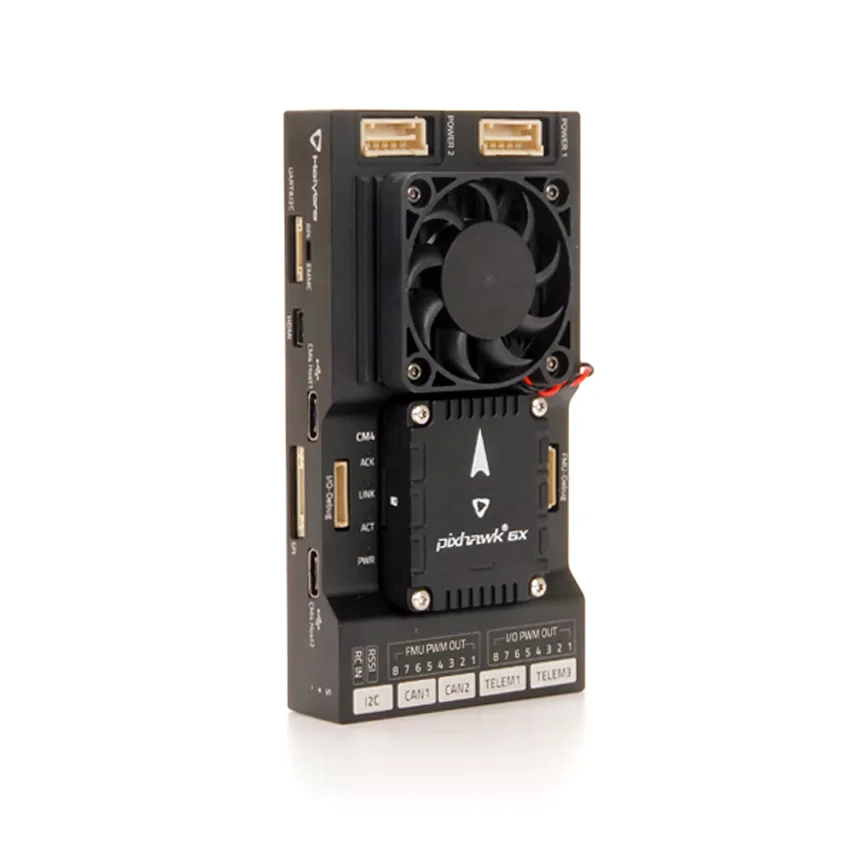
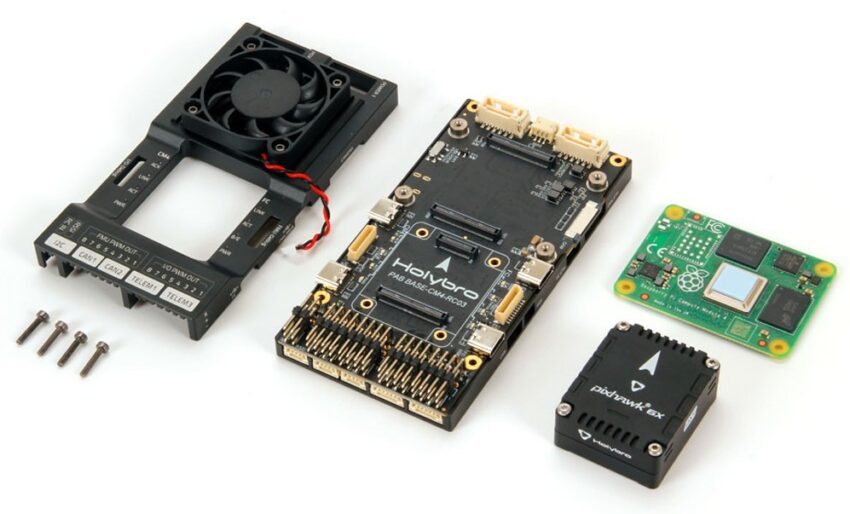

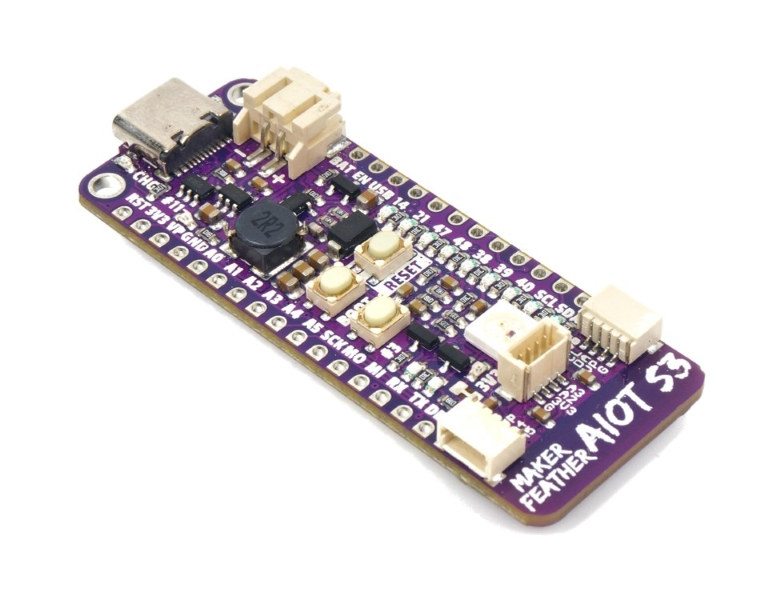
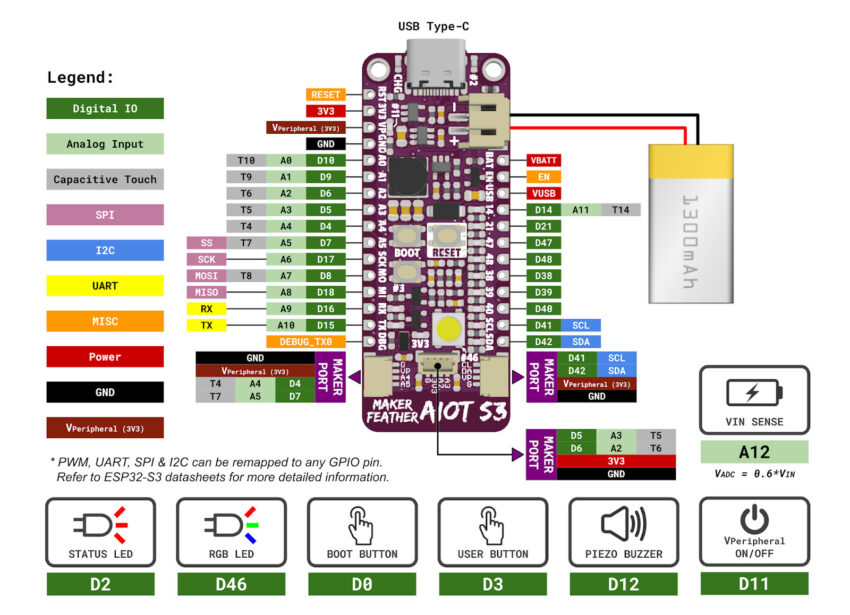
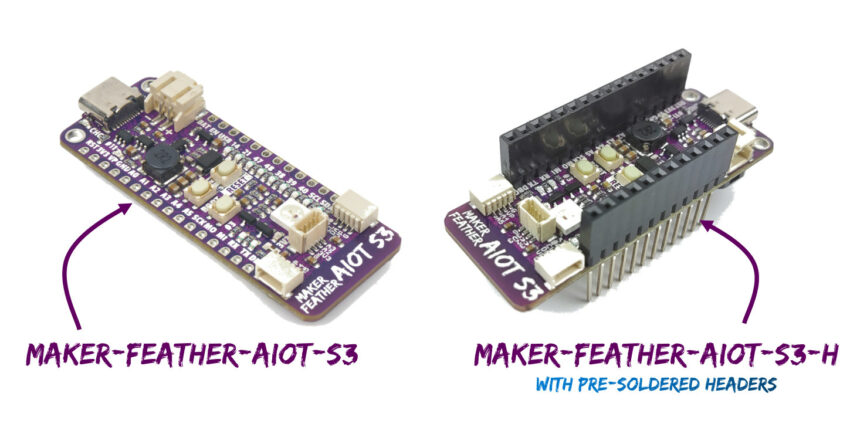


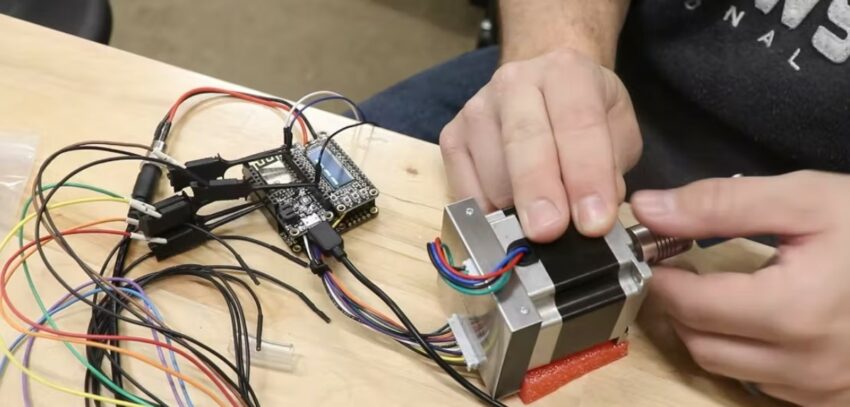


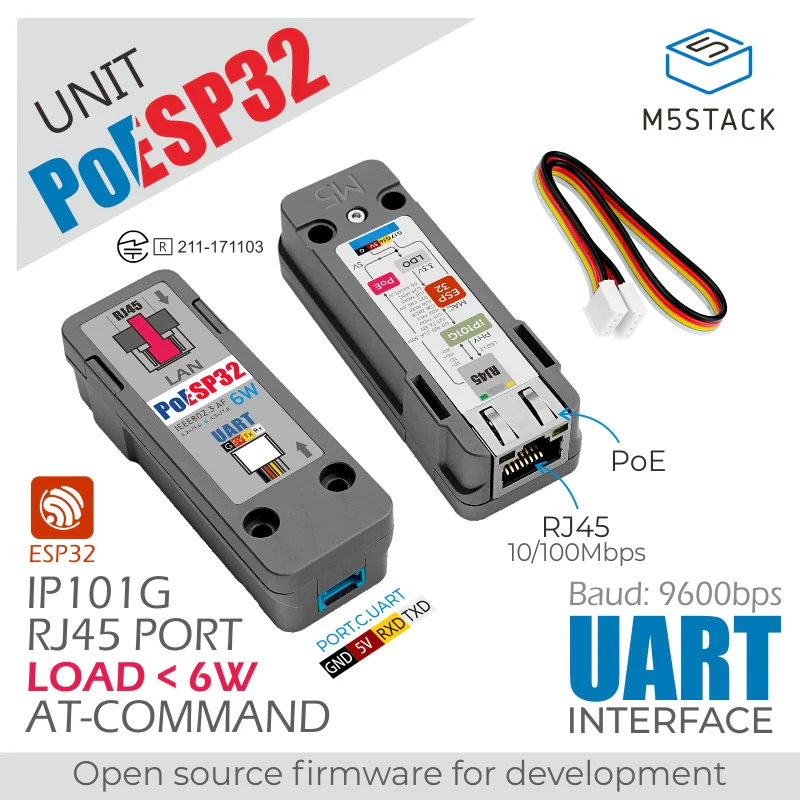
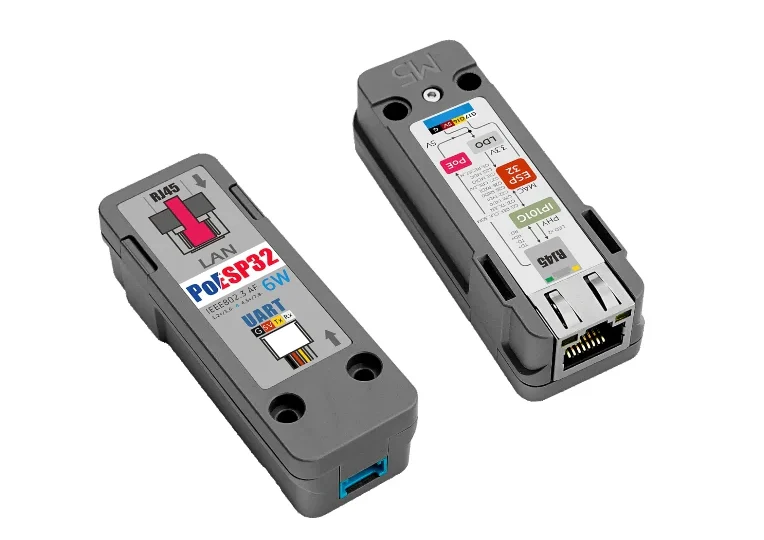
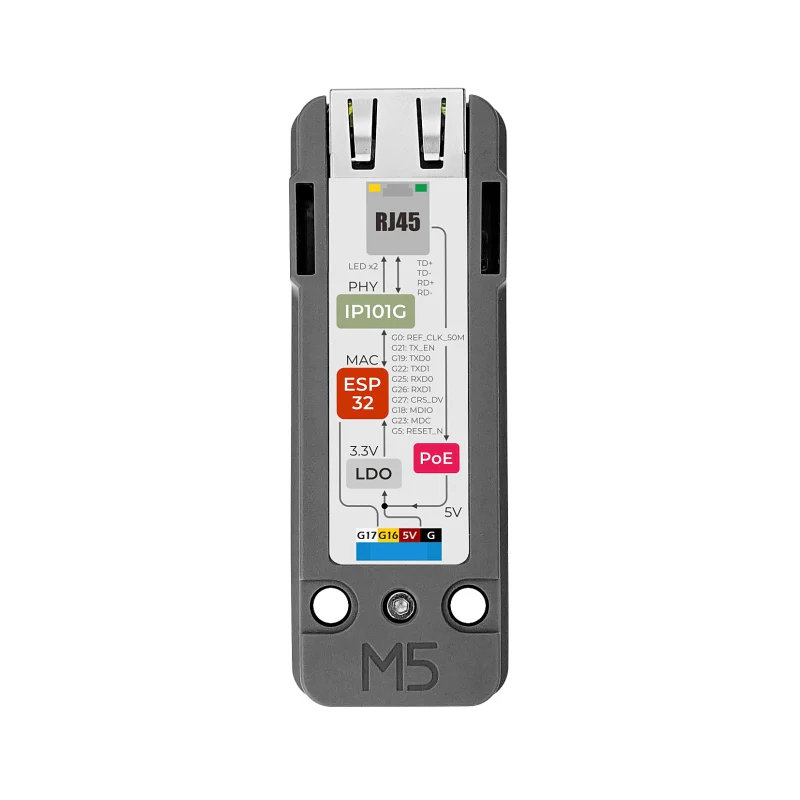 PoESP32 top view
PoESP32 top view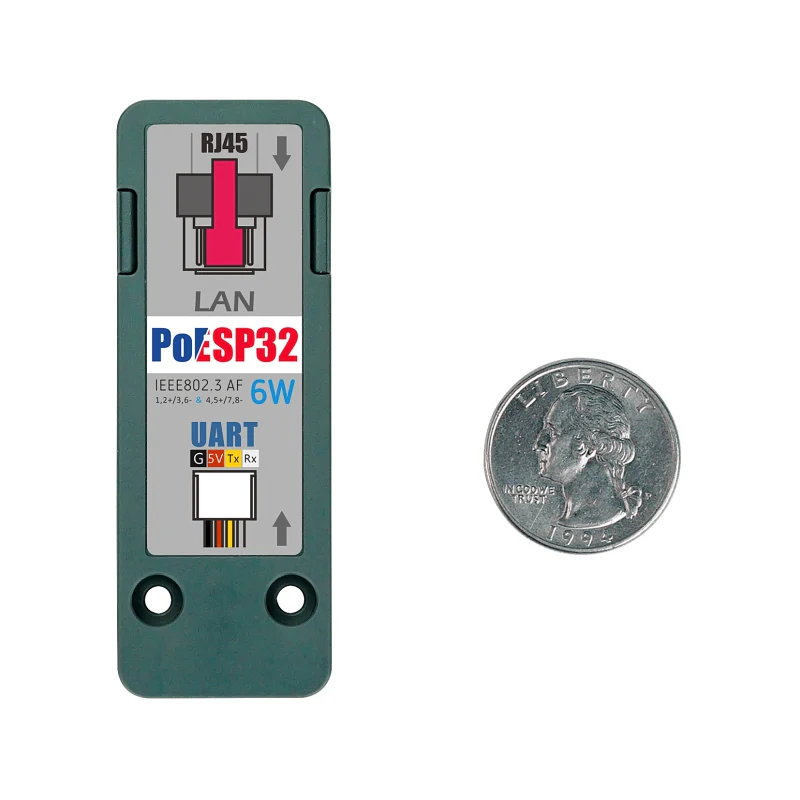 PoESP32 bottom view
PoESP32 bottom view